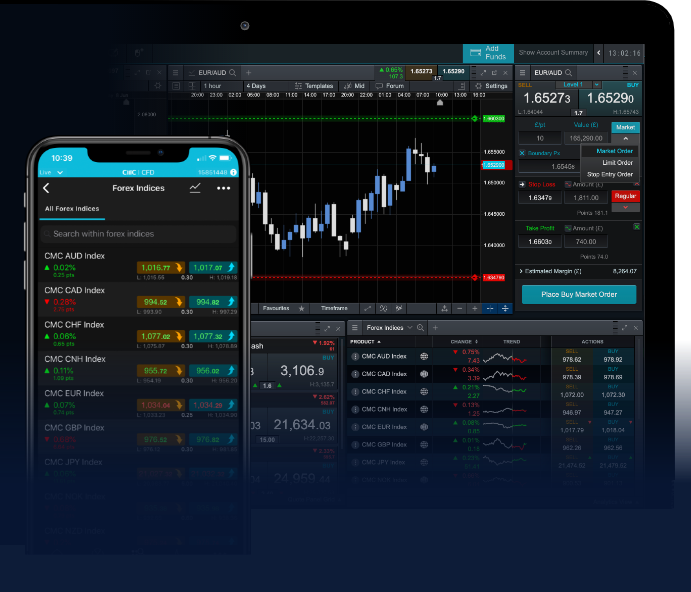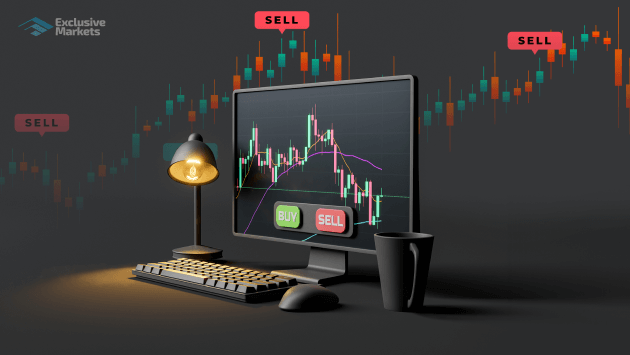
Forex trading can seem daunting for beginners, but with the right guidance and preparation, anyone can succeed in this dynamic marketplace. Whether you are looking to trade for supplemental income or as a full-time career, understanding the foundational concepts of forex trading is crucial for your success. One helpful resource is how to start forex trading Forex Brokers in Argentina, which can provide key insights into local trading options.
Understanding Forex Trading
Forex trading, or foreign exchange trading, is the process of buying and selling currencies on the foreign exchange market with the aim of making a profit. The forex market is one of the largest financial markets in the world, with a daily trading volume exceeding $6 trillion. Unlike stock markets, which only operate during business hours, forex trading occurs 24 hours a day, five days a week, allowing traders to participate at any convenient time.
Key Concepts in Forex Trading
- Currency Pairs: Forex trading always involves the exchange of one currency for another, with currencies quoted in pairs (e.g., EUR/USD). The first currency in the pair is the base currency, while the second is the quote currency.
- Pips: A pip (percentage in point) is the smallest price move that a given exchange rate can make based on market convention. Most currencies are priced to four decimal places, where a change from 1.2345 to 1.2346 is a one pip move.
- Leverage: Leverage allows you to control a larger position size with a smaller amount of capital. It can magnify profits, but also increases risk, making it essential to use leverage wisely.

Step-by-Step Guide to Starting Forex Trading
1. Educate Yourself
The first step to becoming a successful forex trader is to educate yourself. Understanding how the forex market works, the strategies involved, and the key terminologies is essential. There are multiple resources available, including online courses, webinars, and trading forums, where you can learn from experienced traders.
2. Create a Trading Plan
A solid trading plan is essential for success. This plan should outline your trading goals, acceptable risk levels, the trading style you intend to use (such as day trading or swing trading), and your strategy for entering and exiting trades. Your plan should also include guidelines for managing your capital and protecting yourself from losses.
3. Choose a Reliable Forex Broker
Choosing the right broker is one of the most crucial decisions a trader makes. Look for a broker that is well-regulated, offers a user-friendly trading platform, and provides competitive spreads and commissions. You may also want to check their customer service reputation and the availability of educational resources. For those trading in Argentina, you can find specialized information on Forex Brokers in Argentina.

4. Practice with a Demo Account
Most reputable brokers offer demo accounts, allowing you to practice trading without risking real money. Utilize this feature to get familiar with the trading platform, develop your trading skills, and test your strategy in real market conditions.
5. Start Trading with Real Money
Once you feel comfortable with your skills and have a well-defined trading plan in place, it’s time to start trading with real money. Start with a small amount that you can afford to lose, and gradually increase your trading size as you gain more experience and confidence.
6. Manage Your Risks
Risk management is a crucial component of a successful trading strategy. Always use stop-loss orders to limit potential losses and never risk more than a small percentage of your trading capital on a single trade. By effectively managing your risks, you can protect your capital and enable yourself to trade for the long term.
Common Trading Strategies
There are a plethora of trading strategies to choose from in forex trading. Here are some common ones:
- Scalping: This strategy involves making numerous trades throughout the day, aiming for small profits on each trade. Scalpers often hold positions for just a few minutes.
- Day Trading: Day traders buy and sell currencies within the same trading day, closing all positions before the market closes to avoid overnight risk.
- Swing Trading: This approach involves holding positions for several days or weeks, attempting to profit from anticipated price movements.
Staying Updated with Market News
The forex market is heavily influenced by global economic and political events. For instance, interest rate changes, economic data releases, and geopolitical developments can all impact currency prices. Keeping abreast of market news and analysis through economic calendars and financial news outlets is essential for making informed trading decisions.
Final Thoughts
Starting your journey in forex trading can be both exciting and challenging. By following the steps outlined in this guide and continuously educating yourself, you can equip yourself with the knowledge and tools necessary to navigate the forex market effectively. Ensuring you have a solid trading plan, practicing risk management, and staying updated on market trends will all contribute to your long-term success in forex trading.
